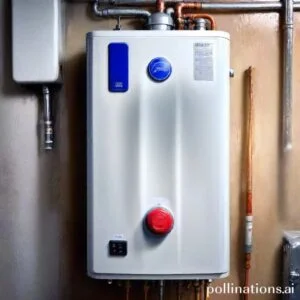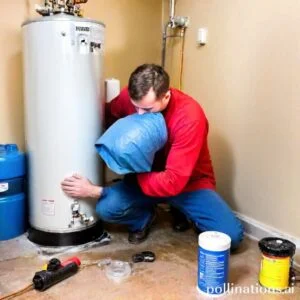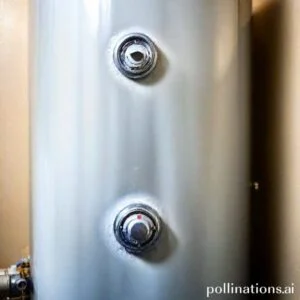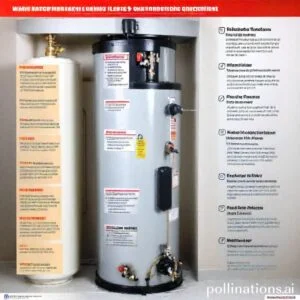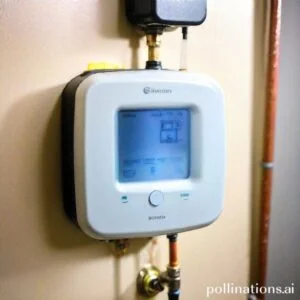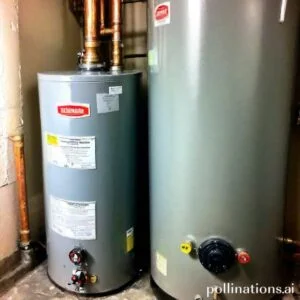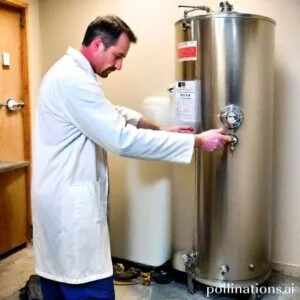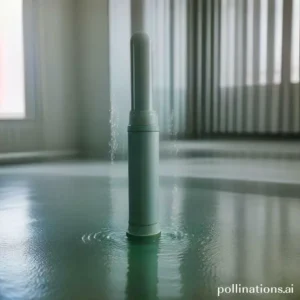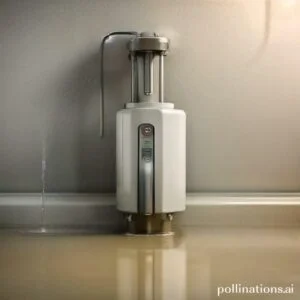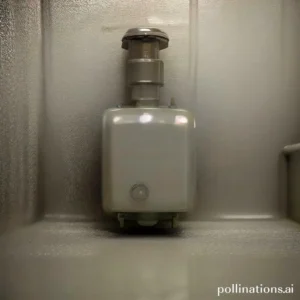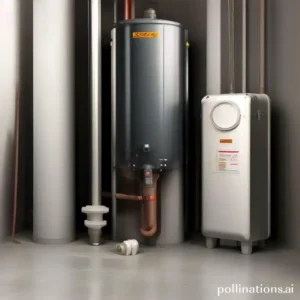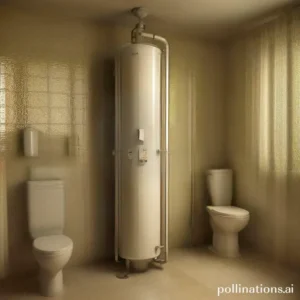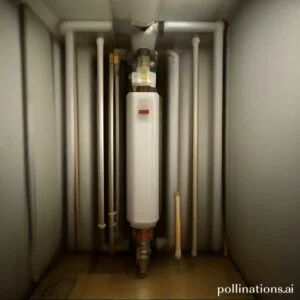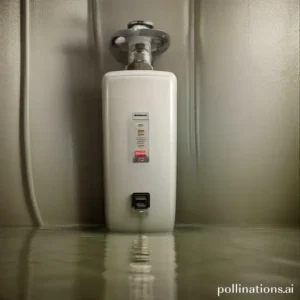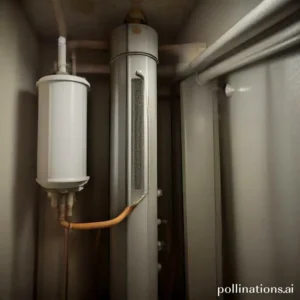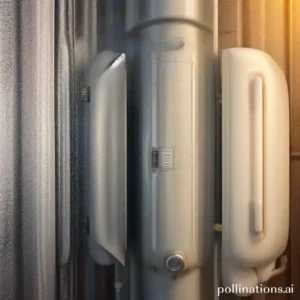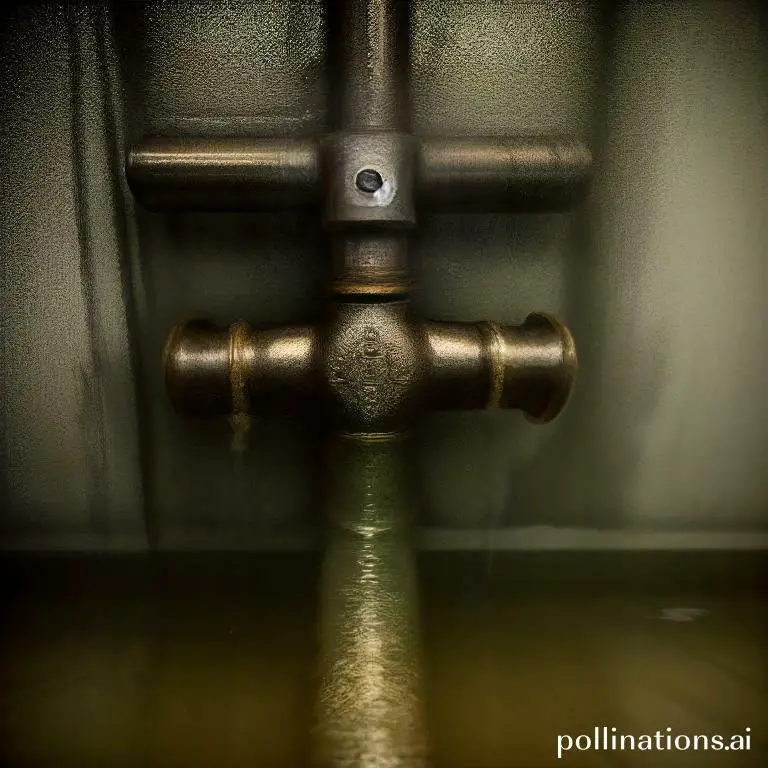
II. Identifying and addressing leaks in a timely manner is crucial for maintaining water quality and preventing further damage to the system.
III. Regular maintenance and monitoring can help prevent leaks and ensure the overall health and safety of the water supply.
Leaks in water systems can have a significant impact on water quality. These leaks can lead to contamination and the introduction of harmful substances into the water supply.
Not only can this affect the taste and odor of the water, but it can also pose health risks to those who consume it. It is crucial to address leaks promptly to ensure the safety and purity of our water sources.
By identifying and fixing leaks, we can preserve the integrity of our water systems and protect the health of our communities.
Identifying leaks in the water supply system
Leaks in the water supply system can lead to significant water wastage and increase utility bills. Essential to identify these leaks promptly to prevent further damage and conserve water resources. This section will discuss common signs of leaks and various tools and techniques that can be employed to detect them.
1. Common signs of leaks
There are several indicators that can help identify the presence of leaks in the water supply system:
- Unusual water bill spikes: If your water bill suddenly increases without a corresponding change in water usage, it could be a sign of a hidden leak.
- Damp or wet areas: Persistent dampness or wet spots on walls, ceilings, or floors, especially near plumbing fixtures, indicate the possibility of a leak.
- Mold or mildew growth: Excessive moisture caused by leaks can promote the growth of mold or mildew, which can be visible as dark patches or a musty odor.
- Water meter fluctuations: Monitoring your water meter can help detect leaks. If the meter continues to run even when all water sources are turned off, there may be a leak.
2. Tools and techniques for detecting leaks
Various tools and techniques can aid in the detection of leaks in the water supply system:
| Tool/Technique | Description |
|---|---|
| Visual inspection | Thoroughly examine pipes, faucets, and fixtures for visible signs of leaks such as dripping water or corrosion. |
| Water meter testing | Turn off all water sources and monitor the water meter for any movement. If the meter indicates water usage, there may be a leak. |
| Acoustic leak detection | Specialized equipment can identify leaks by detecting the sound of water escaping from pipes or underground. |
| Dye testing | Add a colored dye to the toilet tank and wait. If the dye seeps into the bowl without flushing, there may be a leak in the toilet. |
It is crucial to address leaks promptly to minimize water loss and prevent further damage to the water supply system. Acknowledging common signs of leaks and utilizing appropriate tools and techniques for detection, individuals can play an active role in conserving water resources.
Causes of leaks in the water supply system
Water supply systems can experience leaks due to various factors. Discerning these causes is crucial for effective maintenance and prevention. This section explores the primary reasons behind water supply system leaks and provides valuable insights into each aspect.
1. Aging infrastructure
One of the leading causes of leaks in water supply systems is aging infrastructure. Over time, pipes and other components deteriorate, leading to cracks and holes. As a result, water can escape from the system, causing leaks. Regular inspections and maintenance are essential to identify and address aging infrastructure issues promptly.
2. Corrosion and wear and tear
Corrosion and wear and tear are another significant cause of water supply system leaks. When pipes and fittings are exposed to harsh elements or chemicals, they can corrode, weaken, and eventually develop leaks. Additionally, continuous water flow and pressure can contribute to wear and tear over time. Implementing corrosion-resistant materials and conducting regular inspections can help mitigate this issue.
3. Human error and accidents
Human error and accidents can also lead to leaks in the water supply system. Mistakes during installation or repairs, such as improper connections or inadequate sealing, can result in leaks. Accidental damage caused by construction work or excavation near water pipelines can also cause leaks. Proper training, adherence to protocols, and careful monitoring can reduce the occurrence of leaks due to human error and accidents.
The Impact of Leaks on Water Quality
Water leaks can have a significant impact on the quality of our water supply. Grasping the consequences of leaks is crucial for protecting our health and the environment.
1. Contamination of Water Supply
Water leaks can lead to the contamination of our water supply. When leaks occur, harmful substances can seep into the water, compromising its quality. These substances may include chemicals, pollutants, or even bacteria, posing a risk to human health.
- Chemical Contamination: Leaks in industrial areas can introduce harmful chemicals into the water supply. These chemicals may come from factories, agriculture, or other sources, and their presence can have detrimental effects on both humans and aquatic life.
- Bacterial Contamination: Leaks in sewage systems or wastewater treatment plants can introduce harmful bacteria into the water supply. This can lead to the spread of waterborne diseases and pose a serious threat to public health.
2. Health Risks Associated with Contaminated Water
Drinking or using contaminated water can have severe health consequences. Essential to be aware of the potential risks and take necessary precautions to protect ourselves and our communities.
- Gastrointestinal Issues: Consuming contaminated water can result in gastrointestinal problems such as diarrhea, nausea, and vomiting. These symptoms can be particularly dangerous for vulnerable populations, such as children and the elderly.
- Infectious Diseases: Bacterial contamination in water can cause various infectious diseases, including typhoid fever, cholera, and dysentery. These diseases can spread rapidly and have serious health implications.
- Long-term Health Effects: Prolonged exposure to certain contaminants in water can lead to chronic health conditions, including cancer, organ damage, and developmental disorders. It is crucial to address water leaks promptly to prevent long-term health risks.
3. Economic Impact of Water Contamination
Water leaks and subsequent water contamination can have significant economic implications. The costs associated with addressing water quality issues and the impact on various sectors of the economy cannot be overlooked.
- Water Treatment Costs: Treating contaminated water requires additional resources and infrastructure. The expenses associated with water treatment can burden local municipalities and utilities, leading to increased water bills for consumers.
- Impact on Tourism and Recreation: Water contamination can have a negative impact on tourism and recreational activities. Contaminated water bodies may discourage visitors, leading to decreased revenue for businesses dependent on tourism.
- Loss of Agricultural Productivity: Contaminated water can affect agricultural practices and crop production. Farmers may face lower yields or even crop failure, resulting in financial losses and food scarcity.
It is crucial to address water leaks promptly to prevent the contamination of our water supply. By apprehending the impact of leaks on water quality, we can take necessary measures to protect our health, preserve the environment, and ensure the sustainable use of this vital resource.
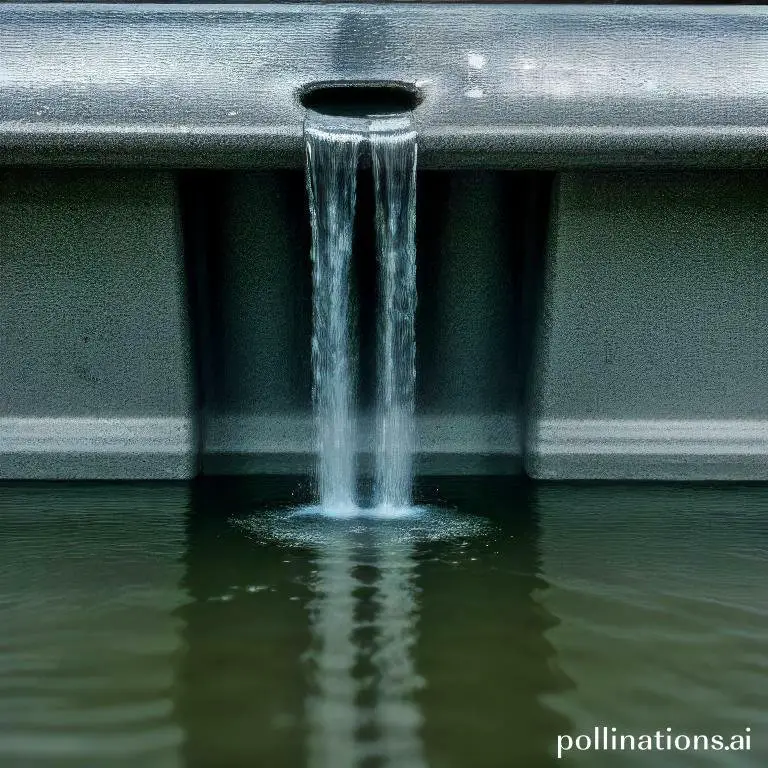
Preventing leaks in the water supply system
Water leaks in the supply system can lead to significant water loss and increase the cost of water treatment and supply. To address this issue, several measures can be taken to prevent leaks and ensure efficient water management.
1. Regular maintenance and inspection
Regular maintenance and inspection of the water supply system are crucial in detecting and preventing leaks. This involves conducting routine checks, identifying potential areas of weakness, and addressing any issues promptly. By proactively maintaining the infrastructure, leaks can be identified and repaired before they cause significant damage.
2. Upgrading and replacing old infrastructure
Old and deteriorating infrastructure is more prone to leaks. Upgrading and replacing aging pipes, valves, and fittings can help prevent leaks and ensure a reliable water supply. By investing in modern and durable materials, the risk of leaks can be minimized, and the overall efficiency of the water supply system can be improved.
3. Educating the public on water conservation and responsible usage
Water conservation plays a vital role in preventing leaks and ensuring the sustainability of the water supply system. Educating the public on responsible water usage, such as fixing leaks in their homes, using water-efficient appliances, and practicing water-saving habits, can significantly reduce water waste. By promoting awareness and providing practical tips, individuals can contribute to the prevention of leaks in the water supply system.
| Prevention Measures | Benefits |
|---|---|
| Regular maintenance and inspection | – Early detection of leaks – Prevention of significant damage – Cost savings in repairs |
| Upgrading and replacing old infrastructure | – Minimization of leak risks – Improved water supply efficiency – Long-term cost savings |
| Educating the public on water conservation | – Reduction of water waste – Increased awareness and responsibility – Sustainable water supply |
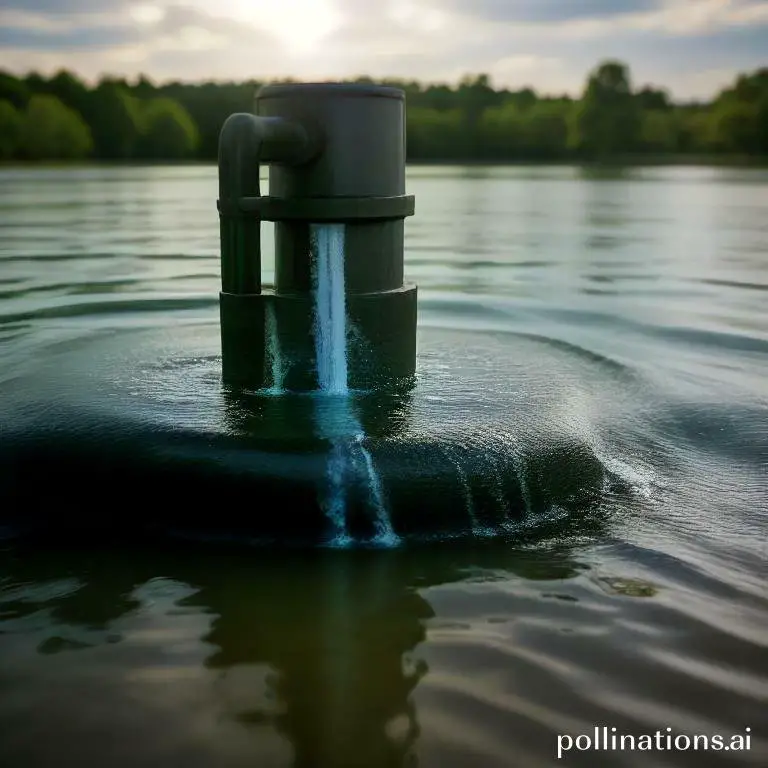
Responding to leaks in the water supply system
In terms of leaks in the water supply system, prompt and efficient response is crucial to prevent further damage and ensure the continuous availability of clean water. This section will outline the necessary procedures for emergency response and the subsequent repair and restoration of the water supply system.
1. Emergency response procedures
During a leak in the water supply system, it is essential to have well-defined emergency response procedures in place. These procedures should include:
- Immediate assessment: Upon detection of a leak, the first step is to assess the severity and location of the leak. This can be done through visual inspection and the use of advanced technologies such as leak detection systems.
- Isolation: Once the leak is identified, it is crucial to isolate the affected section of the water supply system to minimize water loss and prevent further damage. This may involve shutting off valves or redirecting the flow of water.
- Notification: The relevant authorities and stakeholders should be promptly notified about the leak. This includes the water utility company, emergency services, and potentially affected residents or businesses.
- Temporary repairs: In certain cases, temporary repairs may be necessary to mitigate the immediate impact of the leak. This can involve the use of temporary seals or clamps to stop or reduce the flow of water.
2. Repair and restoration of the water supply system
Once the emergency response procedures have been implemented, the focus shifts towards repairing and restoring the water supply system to its optimal condition. This involves:
- Investigation and assessment: A thorough investigation is conducted to identify the root cause of the leak and assess the overall condition of the water supply system. This may involve excavation, inspection of pipes, and testing of water quality.
- Repair: Based on the assessment, the necessary repairs are carried out, which can range from simple pipe replacements to more complex infrastructure upgrades. The repairs should be done following industry standards and regulations.
- Testing and quality assurance: After the repairs are completed, rigorous testing is done to ensure the integrity and functionality of the water supply system. This includes pressure testing, water quality analysis, and system performance evaluation.
- Restoration: Once the repairs and testing are successfully completed, the affected area is restored to its original state. This may involve re-pavement, landscaping, and rehabilitation of any disrupted services.
Bottom Line
Leaks in water systems can have a significant impact on water quality, leading to contamination and health risks. Essential to regularly inspect and maintain water infrastructure to prevent leaks and address them promptly when they occur. Additionally, implementing measures such as water treatment and filtration can help to mitigate the effects of leaks and ensure safe drinking water for communities.
Overall, addressing leaks and maintaining water quality is crucial for public health and environmental sustainability. By prioritizing these efforts, we can ensure that our water systems remain safe and reliable for generations to come.
Read More:
1. Legal Implications Of Water Heater Leaks
2. Impact Of Leaks On Neighboring Units In Water Heater
